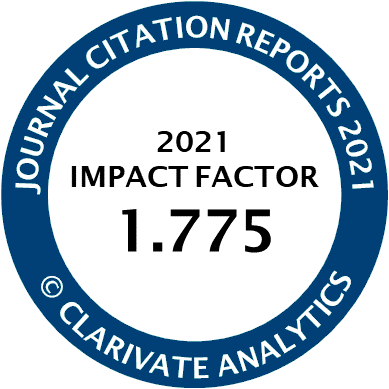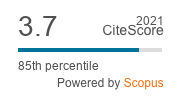Article | Open Access
| Ahead of Print | Last Modified: 13 November 2022
Challenges Facing Organised Interests Under a Populist Right-Wing Government in Slovenia
| Views: | 130 | | | Downloads: | 118 |
Abstract: The development of organised interests (OIs) during the socialist period in Central and Eastern Europe was considerably limited, if not frozen. This was also somewhat the case in Slovenia, where it was mainly OIs close to the government that could operate. In the early 1990s, the interest group system in the now independent country was already recognised as vibrant with the number of OIs growing each year ever since. Yet, Europeanisation processes in particular have led to additional opportunity structures being created for OIs to become involved in policymaking. The biggest obstacle to the development of such interests has become the low level of its professionalisation, given that most are run voluntarily. Around the end of 2020, the political environment for the activities of OIs remained quite favourable, with a few isolated drops in their public image and political attacks on mostly environmental organisations. The change in government in March 2020 saw the backsliding in democracy become more apparent. This included liberal OIs being publicly discredited, the obstruction of largely environmental OIs, and attacks on the media. In this article, we examine how democratic backsliding in Slovenia has affected the articulation, representation, and intermediation of interests. To unravel this puzzle, we analyse the changing conditions for OIs’ operations between March 2020 and April 2022 as introduced by the populist right-wing Slovenian government to help better understand the democratic backsliding seen in the country.
Keywords: democratic backsliding; organised interests; populist right-wing government; Slovenia
Published:
Ahead of Print
Issue:
Democratic Backsliding and Organized Interests in Central and Eastern Europe (Forthcoming)
© Meta Novak, Damjan Lajh. This is an open access article distributed under the terms of the Creative Commons Attribution 4.0 license (http://creativecommons.org/licenses/by/4.0), which permits any use, distribution, and reproduction of the work without further permission provided the original author(s) and source are credited.



